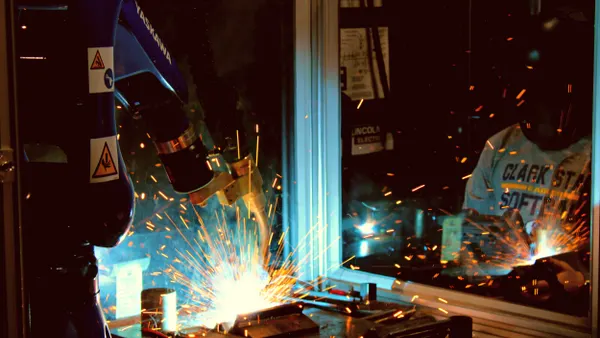Dive Brief:
- In an effort to separate fact from fiction, a new In-Focus report released by Towards Maturity provides supporting evidence for the effectiveness of the 70:20:10 learning and development principle.
- The report finds that 47% of learning and design pros approach course design as it's influenced by the flow of work, a theory supported by the 70:20:10 model. Another 50% say that they are more apt to tap into technology to build communities of learning and practice.
- Classically, the 70:20:10 rule states that 70% of skill learning takes place on-the-job and through tasks; 20% is through feedback and working with others; and only 10% is from formal class training.
Dive Insight:
The 70:20:10 rule of learning and development has been around since the 1980s when a team of researchers and authors came up with the ratio by which most career learning takes place. It's been widely accepted that the bulk of learning comes from on-the-job experiences. However, more recent research supports that learning is heavily influenced by peers as well as career design.
When L&D professionals look at course development in this way, they can begin to uncover the layers of learning that take place, both at work and via guided modules of learning. Learning must be integrated with work tasks and objectives if it hopes to be useful. The Towards Maturity report breaks down the foundation of the 70:20:10 rule in greater detail so that L&D professionals can better make use of this model for learning.










